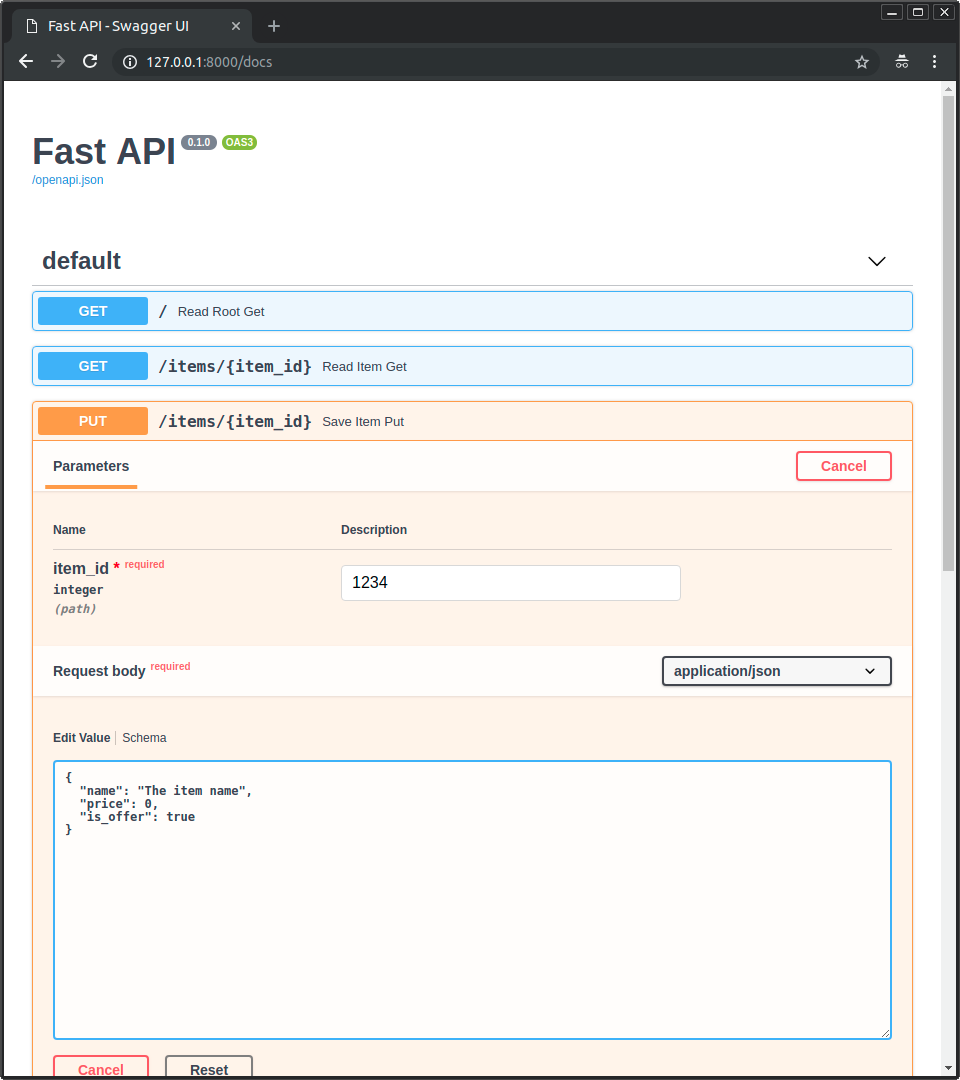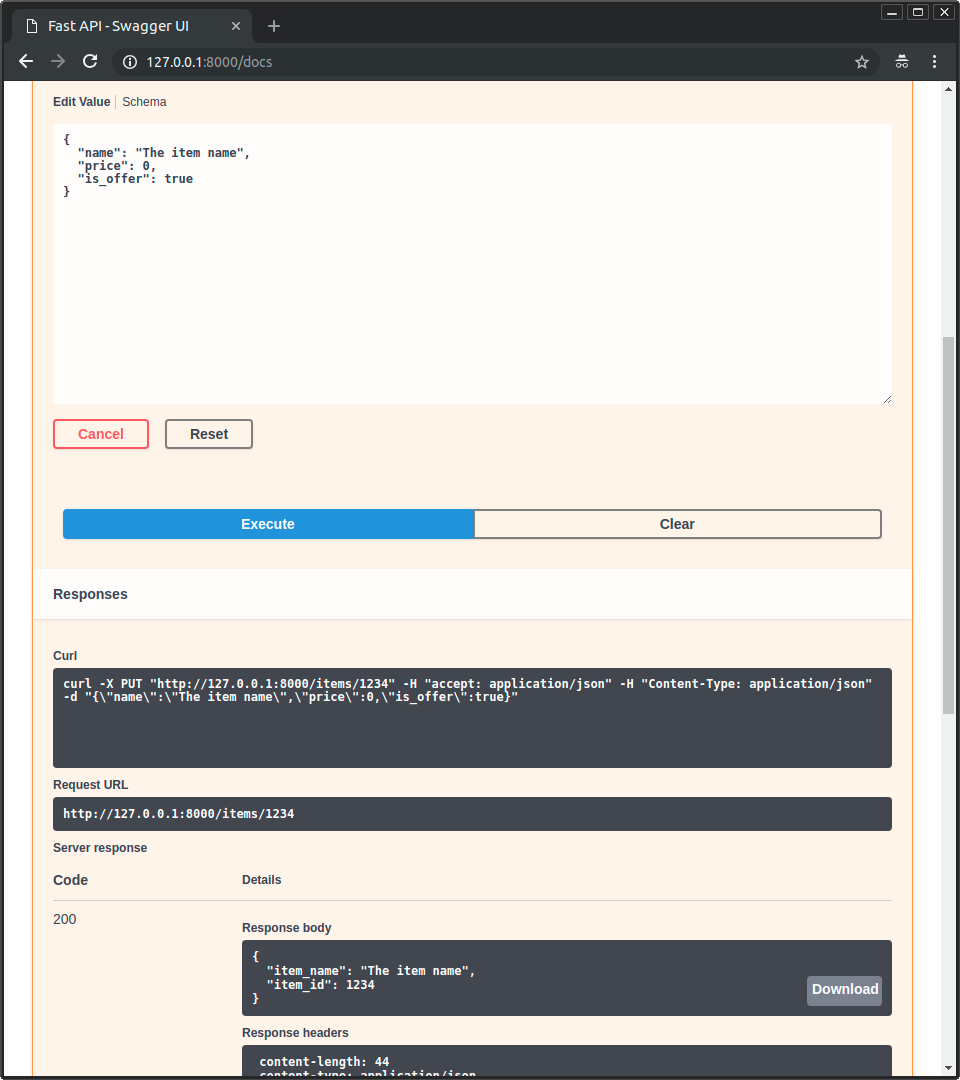- Sort Score
- Result 10 results
- Languages All
Results 361 - 370 of 2,029 for jour (0.14 sec)
-
src/main/java/jcifs/internal/fscc/BasicFileInformation.java
* * This library is free software; you can redistribute it and/or * modify it under the terms of the GNU Lesser General Public * License as published by the Free Software Foundation; either * version 2.1 of the License, or (at your option) any later version. * * This library is distributed in the hope that it will be useful, * but WITHOUT ANY WARRANTY; without even the implied warranty of * MERCHANTABILITY or FITNESS FOR A PARTICULAR PURPOSE. See the GNU
Registered: Sun Sep 07 00:10:21 UTC 2025 - Last Modified: Sat Aug 16 01:32:48 UTC 2025 - 1.2K bytes - Viewed (0) -
docs/pt/docs/advanced/index.md
# Guia de Usuário Avançado ## Recursos Adicionais O [Tutorial - Guia de Usuário](../tutorial/index.md){.internal-link target=_blank} deve ser o suficiente para dar a você um tour por todos os principais recursos do **FastAPI**. Na próxima seção você verá outras opções, configurações, e recursos adicionais. /// tip | Dica As próximas seções **não são necessáriamente "avançadas"**Registered: Sun Sep 07 07:19:17 UTC 2025 - Last Modified: Sat Nov 09 16:39:20 UTC 2024 - 1.2K bytes - Viewed (0) -
.teamcity/src/main/kotlin/promotion/StartReleaseCycleTest.kt
branchFilter = "+:master" enabled = enableTriggers } schedule { schedulingPolicy = daily { hour = 3 } branchFilter = "+:master" triggerBuild = always() withPendingChangesOnly = false enabled = enableTriggers }Registered: Wed Sep 10 11:36:15 UTC 2025 - Last Modified: Thu Mar 20 06:13:56 UTC 2025 - 2K bytes - Viewed (0) -
src/main/webapp/WEB-INF/orig/open-search/osdd.xml
<?xml version="1.0" encoding="UTF-8"?> <OpenSearchDescription xmlns="http://a9.com/-/spec/opensearch/1.1/"> <ShortName>Fess</ShortName> <Description>Full Text Search for Your Documents.</Description> <Tags>Full Text Search</Tags> <Contact>******@****.***</Contact> <SearchForm>http://localhost:8080/fess/</SearchForm> <Url type="text/html" template="http://localhost:8080/fess/search?q={searchTerms}"/> <InputEncoding>UTF-8</InputEncoding>
Registered: Thu Sep 04 12:52:25 UTC 2025 - Last Modified: Thu Dec 10 02:26:02 UTC 2015 - 535 bytes - Viewed (0) -
docs/en/docs/reference/response.md
You can declare a parameter in a *path operation function* or dependency to be of type `Response` and then you can set data for the response like headers or cookies. You can also use it directly to create an instance of it and return it from your *path operations*. You can import it directly from `fastapi`: ```python from fastapi import Response ```
Registered: Sun Sep 07 07:19:17 UTC 2025 - Last Modified: Thu Apr 18 19:53:19 UTC 2024 - 397 bytes - Viewed (0) -
mvnw
Registered: Fri Sep 05 12:43:10 UTC 2025 - Last Modified: Mon Oct 14 22:24:15 UTC 2024 - 10.9K bytes - Viewed (0) -
android/guava/src/com/google/common/cache/CacheStats.java
* * <p><b>Note:</b> the values of the metrics are undefined in case of overflow (though it is * guaranteed not to throw an exception). If you require specific handling, we recommend * implementing your own stats collector. */ public long requestCount() { return saturatedAdd(hitCount, missCount); } /** Returns the number of times {@link Cache} lookup methods have returned a cached value. */
Registered: Fri Sep 05 12:43:10 UTC 2025 - Last Modified: Tue Jul 08 18:32:10 UTC 2025 - 12.6K bytes - Viewed (0) -
src/main/java/org/codelibs/fess/mylasta/direction/FessFwAssistantDirector.java
// even if you set true manually and forget to set false back direction.directFrameworkDebug(fessConfig.isFrameworkDebug()); // basically false // you can add your own process when your application is booting or closing direction.directCurtainBefore(createCurtainBeforeHook()); direction.directCurtainFinally(createCurtainFinallyHook()); // when destroyRegistered: Thu Sep 04 12:52:25 UTC 2025 - Last Modified: Thu Jul 17 08:28:31 UTC 2025 - 9.4K bytes - Viewed (0) -
guava-tests/test/com/google/common/primitives/DoublesTest.java
// We need to test that our method behaves like the JDK method. @SuppressWarnings("InlineMeInliner") public void testHashCode() { for (double value : VALUES) { assertThat(Doubles.hashCode(value)).isEqualTo(Double.hashCode(value)); } } @SuppressWarnings("InlineMeInliner") // We need to test our method. public void testIsFinite() { for (double value : NUMBERS) {Registered: Fri Sep 05 12:43:10 UTC 2025 - Last Modified: Thu Aug 07 16:05:33 UTC 2025 - 30.9K bytes - Viewed (0) -
docs/nl/docs/index.md
 * Klik vervolgens op de knop "Execute", de gebruikersinterface zal communiceren met jouw API, de parameters verzenden, de resultaten ophalen en deze op het scherm tonen:  ### Alternatieve API documentatie upgrade
Registered: Sun Sep 07 07:19:17 UTC 2025 - Last Modified: Sun Aug 31 10:49:48 UTC 2025 - 21.2K bytes - Viewed (0)